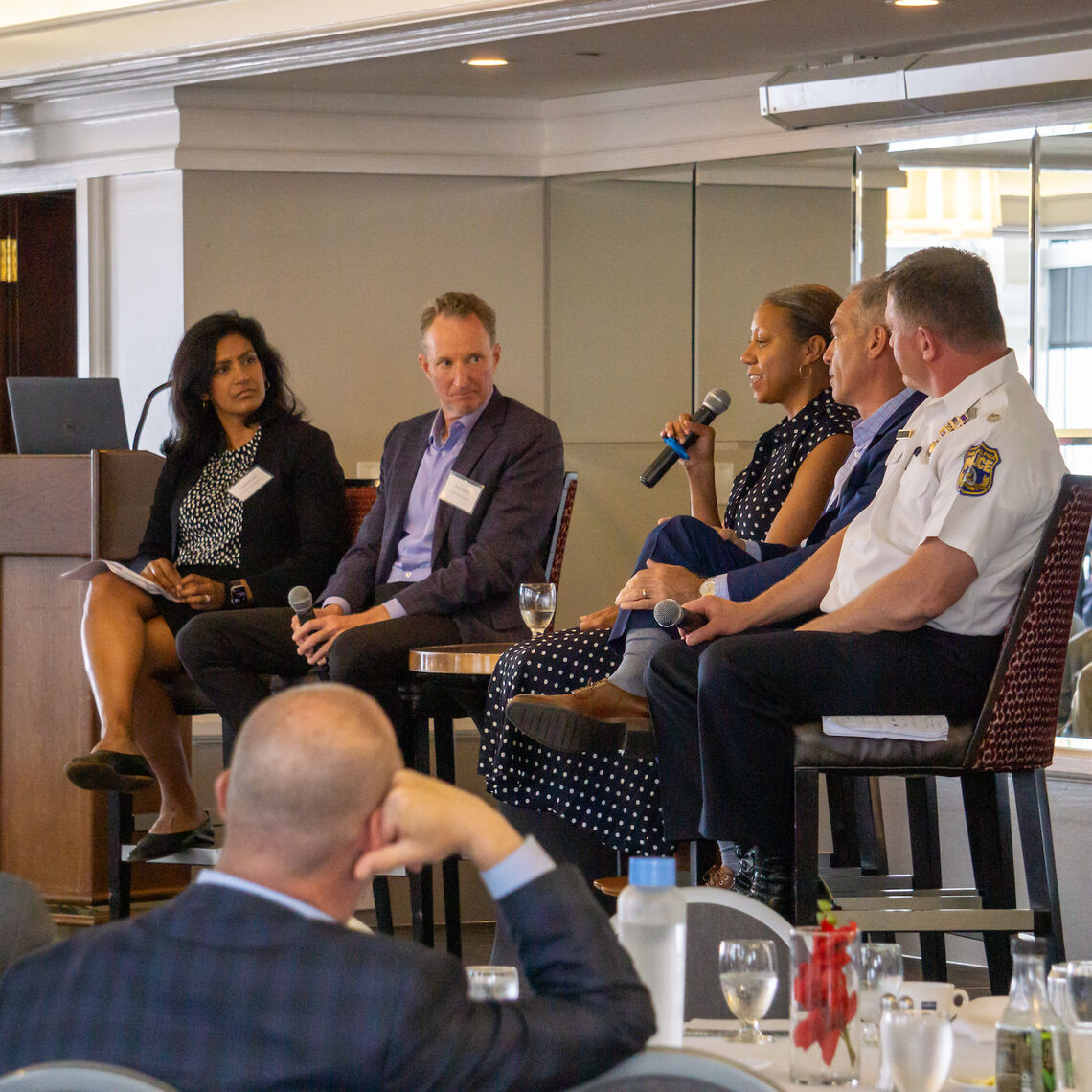
blog
Will We Seize the Moment? A Recap of the CPDC June 2023 Meeting
As noted in our new report, Shaping the Future We Want: Economic Recovery, June 2023, Philadelphia has restored all jobs lost in early 2020 and even surpassed employment levels from February of that year. Now, business, civic and political leaders need to develop a plan for robust growth.
An overview of CCD’s new report was presented by Paul Levy and served as the stimulus for a panel discussion moderated by Central Philadelphia Development Corporation (CPDC) Executive Director Prema Katari Gupta. A panel of experts from several sectors, including commercial and residential real estate, tourism, and public safety, discussed the challenges and opportunities that emerged from the past three years. Panelists included:
- Angela Val, President & CEO of Visit Philadelphia;
- James R. Pearlstein, President of Pearl Properties;
- Pete Soens, a Founding Partner at SSH Real Estate; and
- Ray Evers, Inspector for the Philadelphia Police Department
Shaping the Future We Want
To kick off the discussion, Levy noted several of the positive developments happening in Philadelphia, including the restoration of all jobs lost in early 2020, the bounce back in retail occupancy from 54% in spring 2020 to 82% in June 2023, the return of conventions and hotel tax revenue, and a rising downtown population.
Comparing to the experience across the country, Levy noted that cities with more active leadership who promoted recovery, that had shorter pre-pandemic commutes and who began a constructive process of rethinking policing in the wake of the civil unrest have had higher return to office rates, which benefits downtown employment in middle-wage and entry-level jobs, retailers, and restaurants, while supporting the recovery of transit.
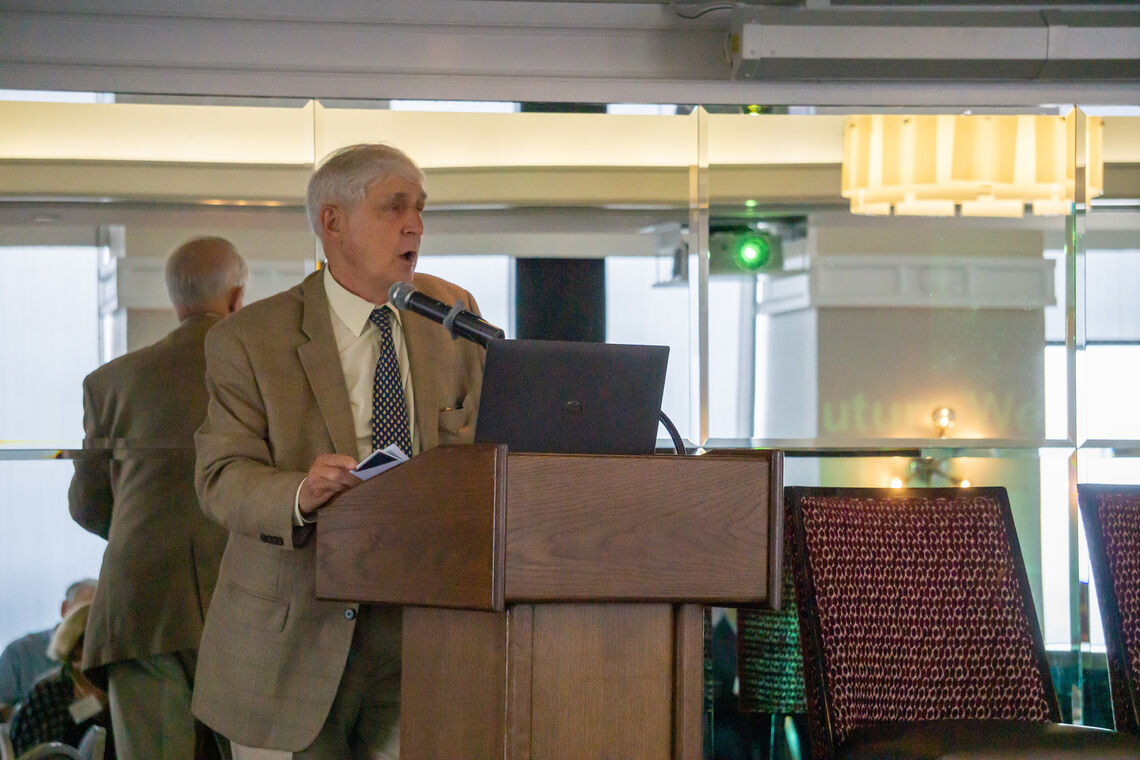
This also emphasizes the importance of the new slate of city leaders coming this year. As noted by Levy, “We don’t have the luxury of asking our next mayor to choose between being a ‘downtown mayor’ or a ‘neighborhoods mayor.’ Philadelphia’s major employment centers and our diverse neighborhoods are inextricably linked in one interconnected whole. We need an action plan for full recovery that enhances every part of the city.”
Success for Amenity Rich & Mixed Use Buildings
When looking at the return to office trends, one key trend brought up by Soens is the need for businesses to incentivize returning to the office, noting “it’s all about the whole experience.” For their property at 123 South Broad, they invested $10 million to install amenities that tenants would be interested in, such as a gym, a rooftop deck, conference spaces, and lounges.
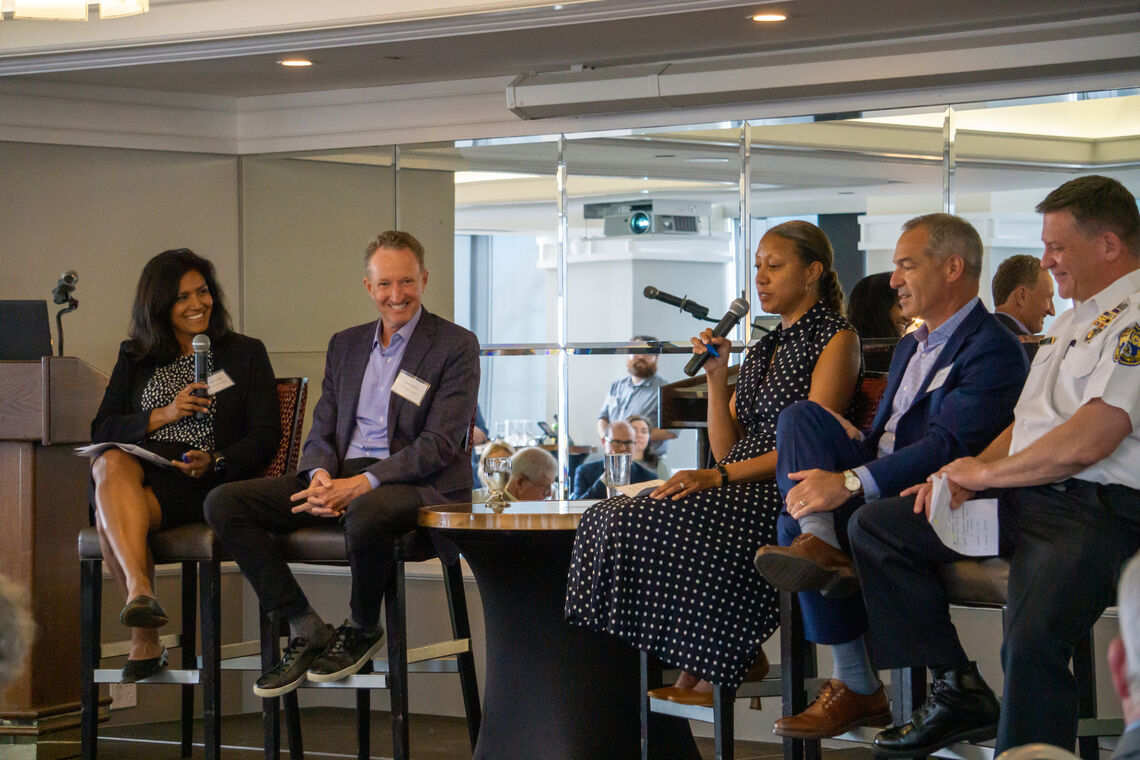
Having recently moved the Visit Philadelphia office, Val added that the goal was to make a space where her team could come together. This was done in two ways: by offering flexibility in how they collaborate, and helping them to create a space they could make their own.
When looking for a new space, amenities were the most important factor for her team. That meant that instead of looking for an office with a reception area, they designed it more like a home, with a dining area, lunch area, and a lounge area. Additionally, the courtyard at their office building offers an opportunity for the team to work together and brainstorm outside.
Secondly, to build their spaces, each employee received a stipend to develop their space with elements they want—including items like ottomans and other accents that may not have been considered in past offices—allowing them to personalize their space with what they need to perform best. This focus on employees and their needs, versus returning to what the office looked like pre-pandemic, echoes many of the office trends noted in our December 2022 CPDC Meeting.
The Success—And Concerns—For Residential Construction
As noted in Shaping the Future We Want, the average daily residential population in Center City has reached 113% of 2019 data. With this has come an increasing demand for residential units.
Historically, Philadelphia has had success in converting underutilized office buildings into residential and mixed-use opportunities. However, Pearlstein notes that it’s not as easy as it has been in the past, due to the multitude of factors at play for a single project: “You’re talking about finding the right location, the right building, the right depth and core of that building.”
This is amplified, especially since even if buildings aren’t at capacity, they still have some tenants that would need to be relocated. As Soens noted, “The worst thing you can have right now is a 50% occupied building.” This carries over into the type of construction that is happening, with developers noting a difficulty in building affordable housing and market rate housing. To continue stimulating this growth, what needs to come are incentives and tax breaks to make it feasible for these types of constructions to flourish.
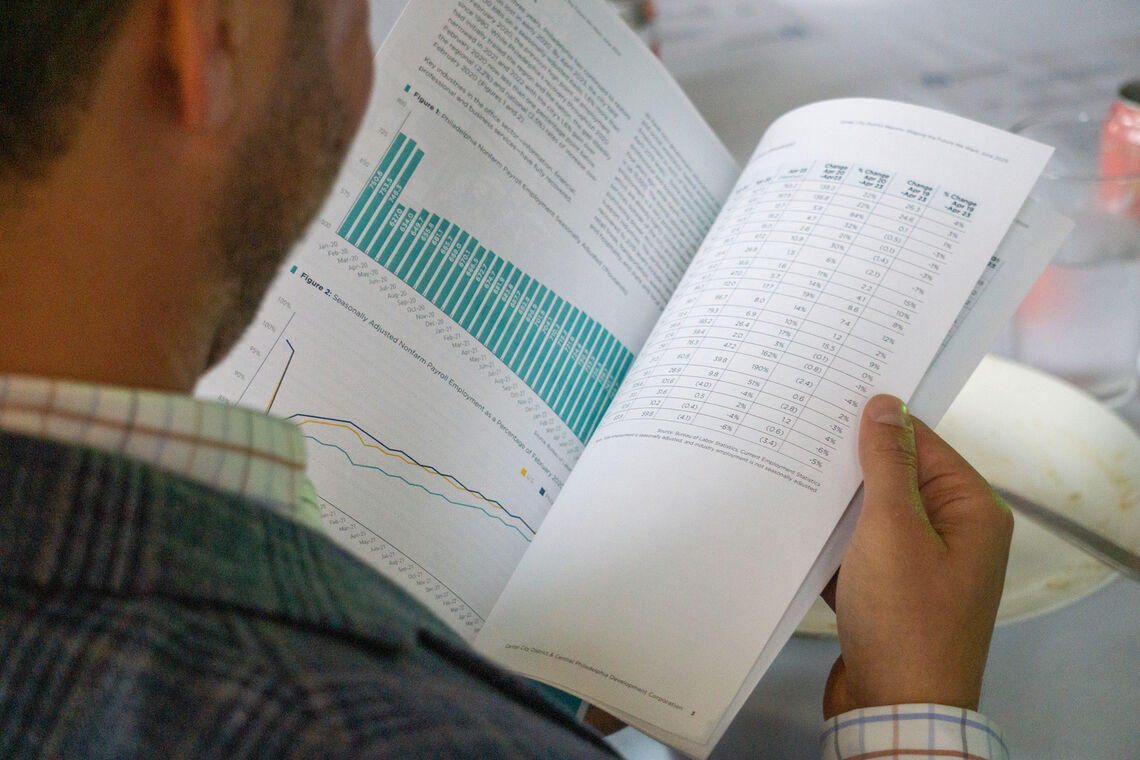
However, despite these obstacles, the panelists agreed that downtown Philadelphia is back and that the residential market is overall performing well. Thanks to the diversity of use in Center City, from restaurants to arts and cultural institutions, resident, worker, and visitor numbers continue to rebound and surpass 2019 data.
Communicating the Change… And Working for Good
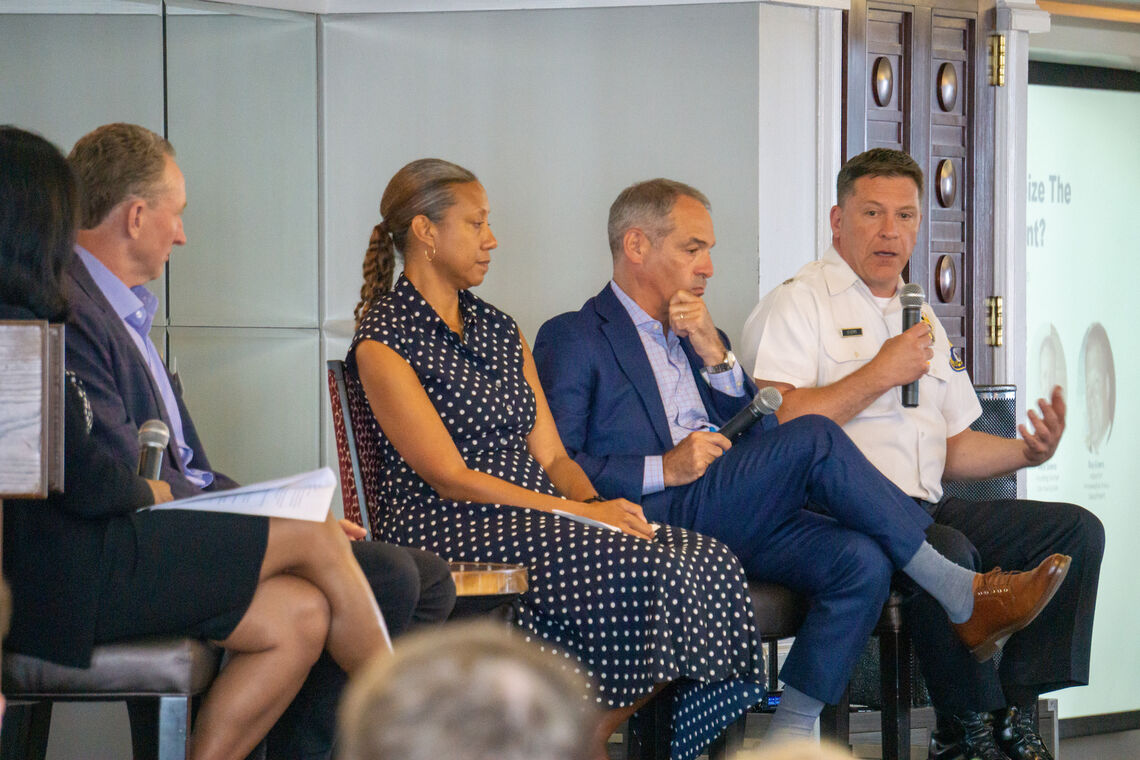
Overall, one commonality agreed upon by panelists was the difference between perception and reality. As Inspector Evers noted, “most of the stuff that we've seen in Center City is not a crime, but it's bad street behavior.” Even in their quarterly brand perception study, Val and Visit Philadelphia note that Center City is perceived to be unsafe and not clean, despite reports and data to the contrary, such as the Brookings Institution report.
While there are concerns around safety, cleanliness, and downtown vitality, the perception from people who don’t experience it every day are distinctly different from downtown residents and workers who are routinely here.
To combat this misperception, Val noted the need for the community to come together: “You have to yell it from the rooftop because the best way to fight perception is to tell them all the good things that are happening.” This also means sharing what is in progress and what is needed from the community; as Val continues, “But if you tell somebody that ‘so and so’ is working on it, and we need your help to do this, what do you have? You have hope that something's happening, and that we're getting out of this doom loop.”
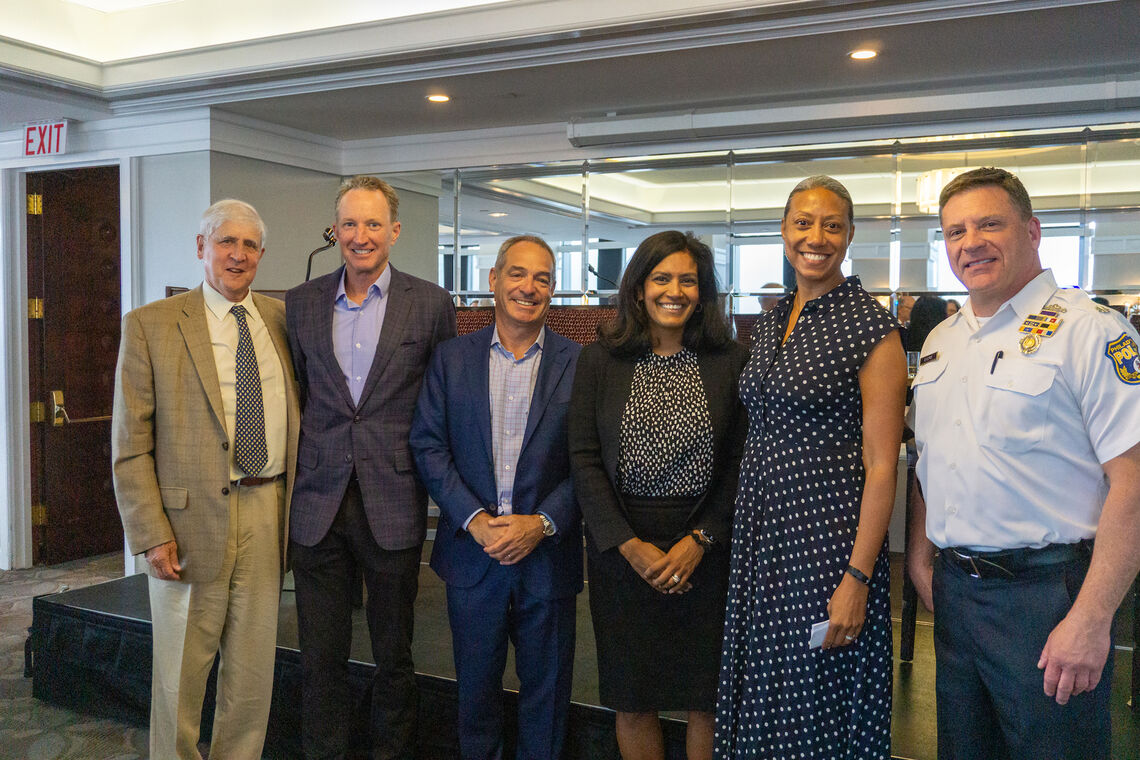
How You Can Get Involved with CPDC
Interested in hearing the perspectives of other business leaders? Learn how you can become a member of the Central Philadelphia Development Corporation and attend our member-only panels.